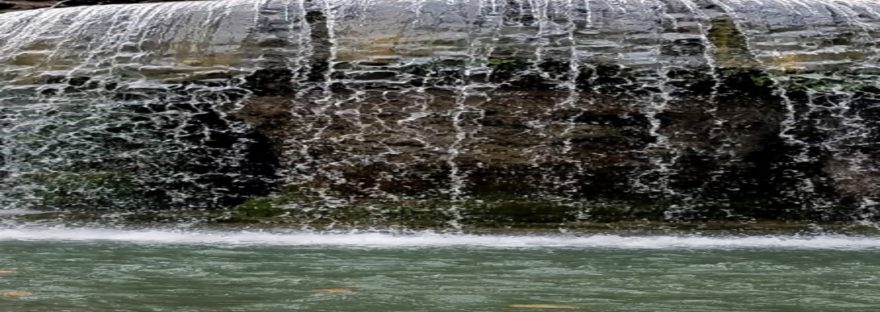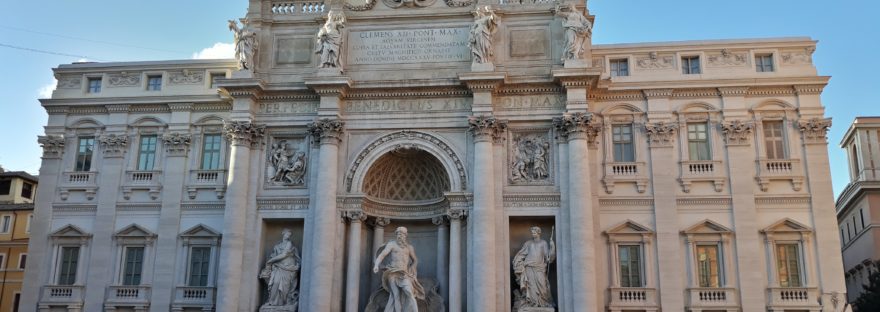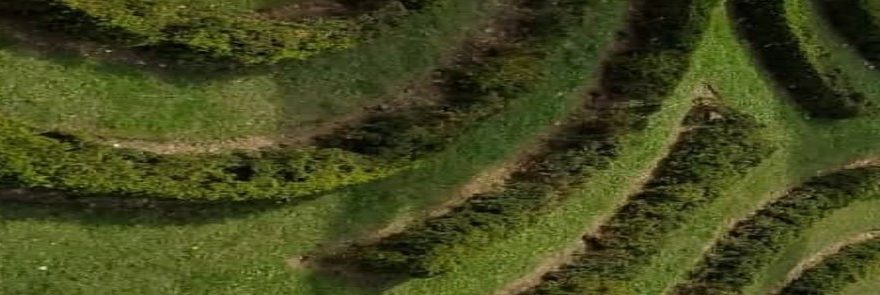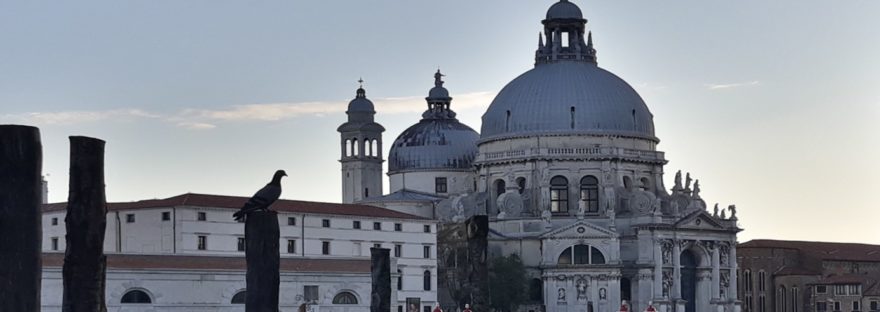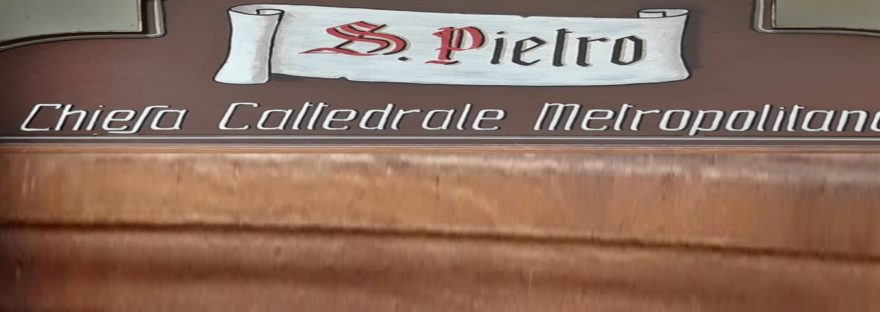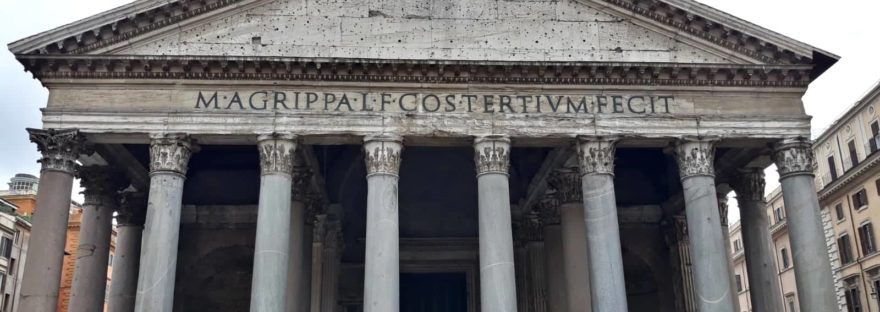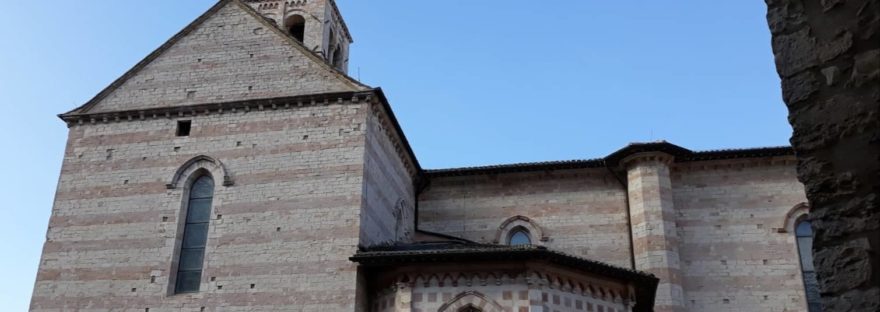Upon exiting the “Santo Tomé” Church, we walk up the “Travesía del Conde” reaching the “Santo Tomé” street and further along we came across the Plaza and Church of “El Salvador”. This spot has been a holy place for various cultures were multiple temples have been built. The Romans, the Visigoths, the Muslims and the Christians. During the reign of “Alfonso VII” (12th century) it becomes a church dedicated to “San Salvador”. Continue reading ““El Salvador” Church – Toledo”
Category: Blog English
Assisi – Hotel Ideale
In our trips, we have had the opportunity to spend many night in hotels, hostels, B&Bs, etc. Some well known and others unknown. Although it is not our custom to write-up the places where we have stayed, this time we will make an exception. Continue reading “Assisi – Hotel Ideale”
A special “gelateria”
Italian desserts are in a class of its own. One of those desserts is the delicious “gelato”, a frozen dessert that is similar to the Ice Cream. In Italy, artisan “gelato” dominates the market, so when you want to satisfy that desire for a good “gelato”, there are many options to choose from. However, selecting the best craftsman to make it is a challenge. Continue reading “A special “gelateria””
Fontana dell’Ovato
Visiting the Villa d’Este, in Tivoli, Italy, especially its gardens and various fountains creates a sense of tranquility and peace. The “Fontana dell’Ovato” is one of those sources that when perching in front of her, you instantly feel a great feeling of relaxation. Continue reading “Fontana dell’Ovato”
Oceanus, Titan of the Sea in the Trevi Fountain – Rome
Oceanus, the Titan of the Seas, is the figure that occupies the predominant position in the central niche of the “Trevi Fountain” in Rome. According to Greek mythology, Uranus and Gaia were the titan gods of heaven and earth. They had twelve children, being Oceanus the eldest, the Titan who would become the Father of the Waters and Master of the Seas. Oceanus and its waters covered the entire earth to the horizon. Continue reading “Oceanus, Titan of the Sea in the Trevi Fountain – Rome”
From Lisboa to Madrid – The Virgen of the Harbour
On the banks of the Manzanares River in Madrid one finds a beautiful structure and garden; the Hermitage to Virgin of the Port. The Hermitage is in front of the Campo del Moro and at the foot of the Royal Palace and the Almudena Cathedral. Continue reading “From Lisboa to Madrid – The Virgen of the Harbour”
Basilica of “Santa Maria della Salute” – Venezia
The “Basilica di Santa Maria della Salute”, known simply as the “Salute”, is located at the tip of the “sestiere” of “Dorsoduro de Venezia”. It is visible from several points in San Marcos and is located on the other side of the Grand Canal. Continue reading “Basilica of “Santa Maria della Salute” – Venezia”
“Cattedrale Metropolitana di San Pietro” – Bologna
Just a block away from the “Piazzas di Nettuno and Maggiore” of Bologna one finds the “Cattedrale Metropolitana di San Pietro” located on the “Via dell’ Independenza “. This baroque style structure was consecrated in 1184. Continue reading ““Cattedrale Metropolitana di San Pietro” – Bologna”
Basilica di Santa Maria ad Martyres, Rome
The “Basilica di Santa Maria ad Martyres” in Rome, Italy, was consecrated by Pope Boniface IV in the seventh century. As its name clearly indicates, it is dedicated to Saint Mary and the martyrs. Therefore, the remains of the martyrs were transferred to the catacombs under the main altar, resulting in the Basilica also becoming a mausoleum. Continue reading “Basilica di Santa Maria ad Martyres, Rome”
“Basilica di Santa Chiara” – Assisi
Opposite the Basilica of San Francesco and at the other end of Assisi, Italy, is the “Basilica di Santa Chiara” or Basilica of Saint Clair. “Chiara Offreduccio” was the eldest daughter of the Count of Sasso-Rosso and as well being a follower of and protected by “San Francesco”. In the 13th century she founded the Order of Saint Clair, originally under the name of the Order of the Poor Ladies of Saint Damian, in a manner much like the Franciscan monks. Continue reading ““Basilica di Santa Chiara” – Assisi”




